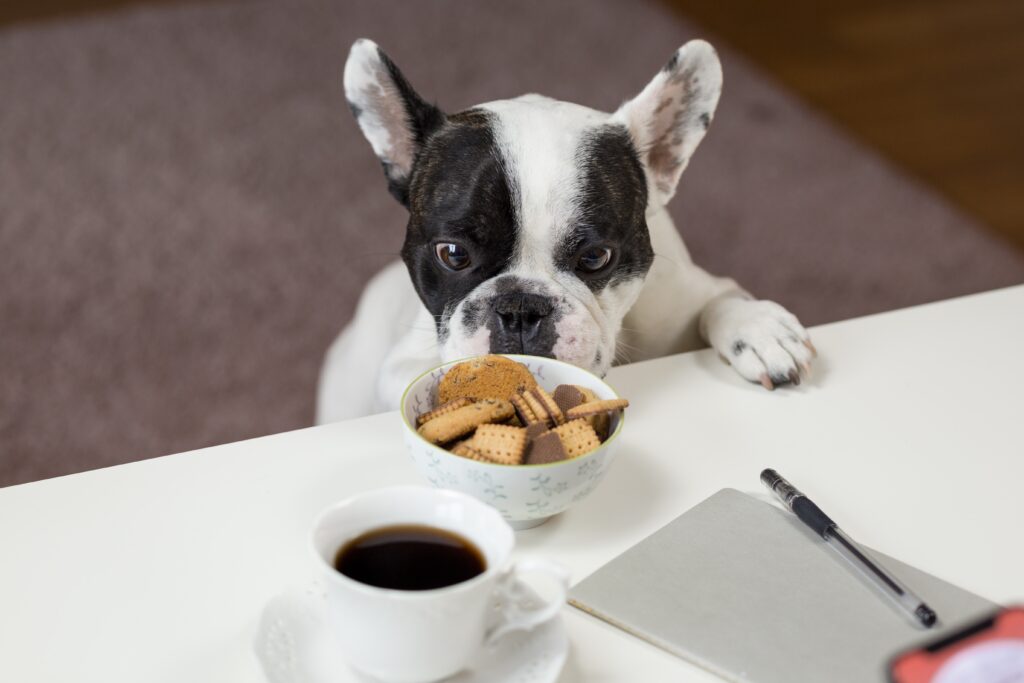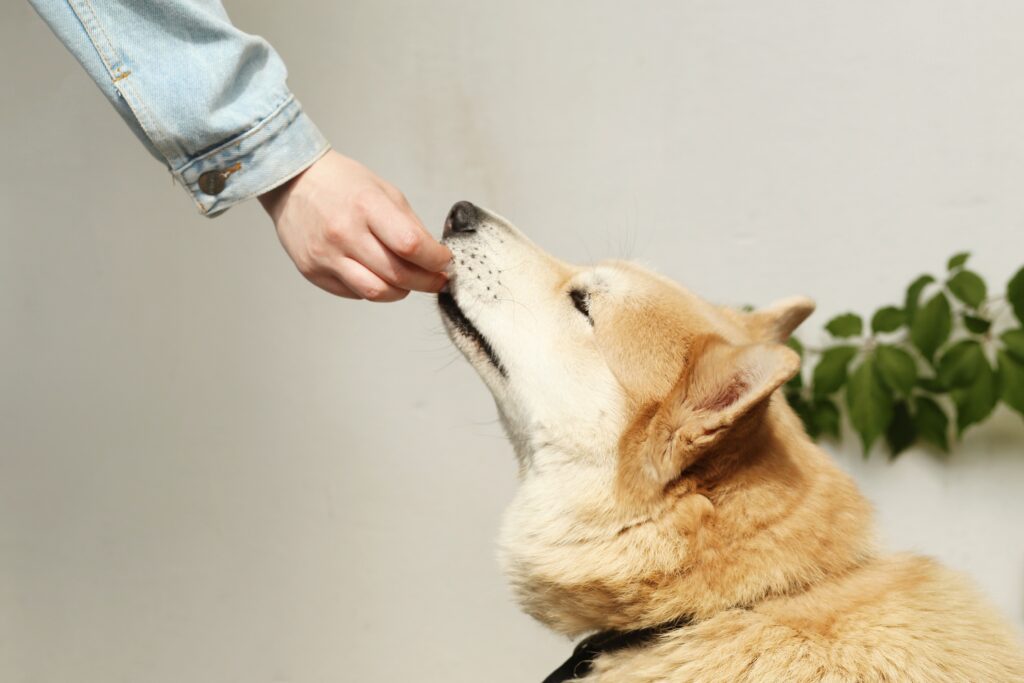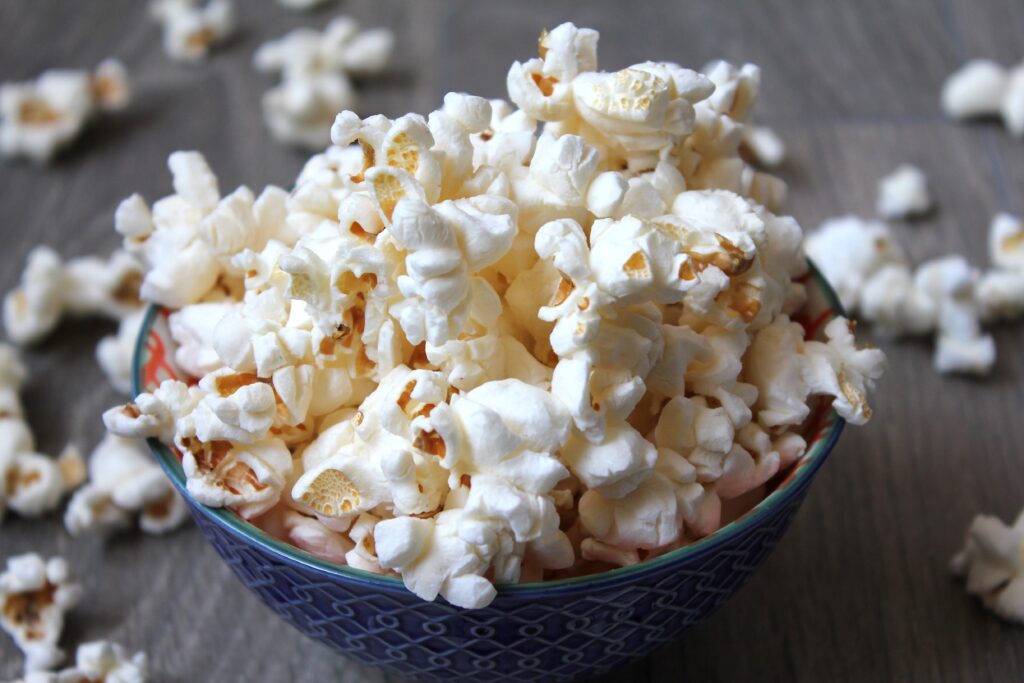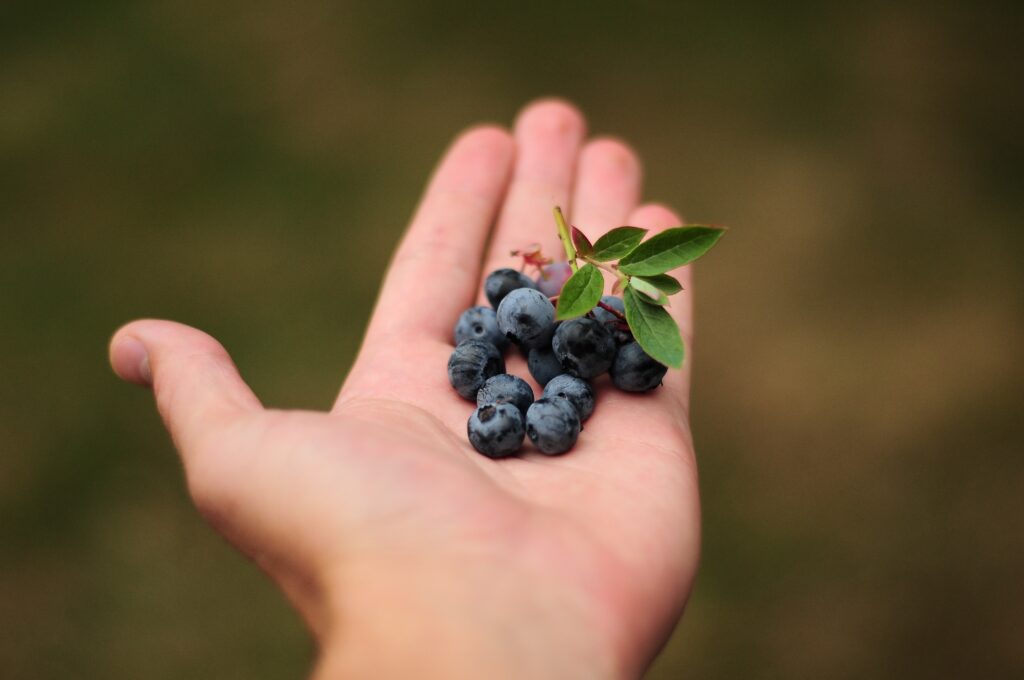Puppies are literally some of the cutest things on earth. To so many people around the world they are no less than their own little babies. As a family member a puppy needs to be well cared for.
Here we are with some basic and most essential tips on how, what and when you should feed your puppy.
1. Choosing the Right Food
The pet food market is teeming with hundreds of varieties and brands each claiming to be the best.. When choosing the right dog food for your puppy for the first time you need to be careful to read the details of ingredients and other aspects of the food you’re going to give him..
For strong bones, for example, they need animal based proteins. To keep healthy skin and coat, your choice should contain energy rich fatty acids. Just like choosing other foods, you shouldn’t be tempted by low-cost foods that so many of them might offer with alluring advertisements.
Most cases, they don’t contain optimal nutrition and cause digestion problems which would, in turn, cost you much more than what you saved from the cheap food.
Pick the product with most natural ingredients that you recognize and as less processed as possible.
You might put this in your research and buy a healthy food for your puppy.
Feeding Her for the First Year
0-6 Weeks: Mother is the best for the puppy during this period. Mother can provide her puppy the best care and her milk can supply the best nutrition and antibody to protect her from most of the future diseases.
The only exception is, however, if the mother suffers any diseases herself (eclampsia or mastitis) the puppy should be kept and, if not possible, at least, fed separated.
6-12 Weeks: For large breeds growing pups should be fed puppy foods and NOT adult food by 9 or 10 weeks.
For small ones the starting time is generally by the 8th week. During this time the best food routine is 4 times a day.
If there are some health issues, however, the frequency might very well be changed according to what the vet recommends..
3-6 Months: Sometimes in between this period the frequency of feeding should be decreased from 4 to 3 times a day.
You don’t want the puppies to get too chubby and you need to aid them in maintaining the right weight. So be sure to feed only the recommended amount. Premium foods contain high quality proteins. Although they are a bit more costly, you can feed them lesser volumes with the same nutrition result.
6-12 Months: The frequency should be another step less, i.e., twice a day. Gradually you’d switch from puppy food to adult food. Smaller breeds can undergo the change a bit earlier (at 7-9 months) than the larger ones (from 12-14 months).
Types of Dog Food
Dog food comes in a good number of kinds, though not as many as human food does in terms of forms, colors, sizes, and flavors. No matter which type you decide on, selecting a food that fully satisfies your dog’s nutritional demands should be the deciding factor.
Dog food comes in five primary categories:
Kibble/Dry
Due to the fact that dry food is the most economical type of commercial dog food, many dog owners choose it for their pets. It also keeps for a very long time and doesn’t need to be refrigerated. Your dog’s teeth can benefit from dry food as well because chewing crisp dry food helps to prevent tartar formation. Examine the ingredients carefully when choosing a particular brand of dry food, and choose one that uses healthful food as its primary component.
Canned
The majority of dogs enjoy canned food, also referred to as wet food; although it can be expensive, it has a long shelf life and is commonly accessible in supermarkets. Although some owners find it to be cost-effective, not all commercial canned food brands contain the necessary amount of protein for your dog. Its digestible protein content is a significant area of concern. Because it will not be metabolized and turned into nutrients, inedible protein is virtually useless to your dog.
Moreover, water makes up around 75% of the food in cans. The larger the water content, the lower the nutrient level, and the more food your dog must consume to get the nutrition his body requires. The best-canned food to choose for your dog is one that is marketed as “100% nutritionally complete.”
Semi-Moist
Commercial dog treats that resemble hamburgers, pork chops, or other meaty foods are known as semi-moist foods. These diets are the least nutrient-dense of all dog feeds and contain a lot of artificial flavors and colors. They can be given to your dog on occasion as a treat, but they should not be thought of as a diet in and of itself because they do not give your pup the nourishment he needs.
Home Cooked
Some dog owners place a high value on having total control over their dog’s nutrition. A home-cooked diet enables the owner to be fully assured that her dog’s nutritional needs are being satisfied and to know exactly what is in everything the dog eats. Feeding your dog, a home-cooked diet takes time and money, but many owners believe the extra work is worthwhile for the added peace of mind. If you choose to feed your dog a home-cooked diet, educate yourself on canine nutrition to ensure that your dog is receiving all the essential nutrients.
Raw
Given that bones are a natural supply of calcium and phosphorus, raw meat is preferred along with some bones (never cooked bones, only raw) and organs. Many dogs respond well to this type of diet because they have short intestinal tracts and strong stomach acids, which both make it easy for them to consume and digest raw food. Speak to your veterinarian about the advantages and drawbacks of switching your dog to a raw diet before making the switch.
2. Setting up a Mealtime Area
Puppies, like children, will need a nice clean feeding area.. In a quiet, clean place, preferably in your kitchen, place two bowls, one with food and the other with fresh water. When you add great food like from Bella & Duke you can’t go wrong.
3. Feeding Schedule
As stated above, start with 4 times a day and gradually reduce the frequency to 2 times. And also the timing should be spaced out as perfectly as possible.
Like humans, puppies have the same biological clock that craves their meals on specific times of the day..
The best timing might be with your breakfast, lunch and dinner.
Meal time should be short and to the point. They may whine for more food, but do not give more than the recommended amount. Ideally you will put all the food for the meal in one bowl and put away the rest of the food before giving the bowl to your puppy. This way as you are putting away food, the puppy won’t beg for more.
You need to maintain a chart of your puppy’s growth in terms of age and weight and compare it with a standard chart frequently. This will keep her growth quite under control and safeguard her from so many unwanted health issues.
There is a very helpful chart here. Print it out and keep it available whenever you need it.
4. Dry or Wet Food?
For teething puppies semi wet food is perfect. Mixing some water sometimes makes the food little more tasty.
Dry foods are easy to clean. After the puppy has teethed dry food is always better with some exceptions for any inevitable situations.
5. Foods to Avoid
The plea in her eyes— it’s really hard to ignore.
Nevertheless you cannot give your puppy table scraps. Do not allow anyone to introduce human foods from the table to the puppy. That way they won’t even know if the food smell they smell is tasty. Instead, offer a favorite toy or a walk or a game to easily alter her mind.
If, sometimes, you have to give him some meat or fish make sure the meat is not raw and there are no little chips of bones. They might create major problems.
There are some well defined food not to give to your puppy. They are as follows:
- Raw meat
- Chocolate
- Garlic
- Onions
- Tomatoes
- Grapes/raisins
To learn more about the foods to avoid this page might be of help.
Which human foods may puppies safely consume?
Dogs’ digestive systems differ from humans. As a result, many foods that are nutritious for humans may be poisonous or even harmful to dogs.
Many human foods, however, are also suitable for dogs and can offer valuable nutrients and health advantages.
Here, we explore which human foods are risk-free for dogs and which should not be given to them.
Carrots
Dogs can eat carrots and they will be healthy. Carrots can help people maintain good dental health by assisting in the removal of dental plaque.
The immune system, skin, and coat of a dog benefit from the vitamin A that carrots are a good source of.
Apples
Dogs can get numerous essential vitamins from apples, including vitamins A and C. Apples are a good source of fiber, which can help a dog’s digestion function normally. But canines that consume rotten apples may become alcohol poisoned.
White Rice
Because cooked, plain white rice is easy to digest and aids in the binding of stools, it may be beneficial to feed it to a dog that has an upset stomach.
However, white rice might raise blood sugar levels, therefore diabetic dogs should only consume tiny amounts of it.
Dairy Products
Dairy products such as milk, cheese, and plain yogurt are all okay for dogs to consume in very little amounts.
Dairy consumption in excess might lead to stomach issues. This is due to the fact that dogs’ levels of lactase, an enzyme that digests milk’s carbohydrates, are low.
Dogs who are lactose intolerant should not consume dairy. Lactose intolerance may be indicated by diarrhea or vomiting after consuming anything dairy-containing.
Fish
Dogs can safely consume salmon, shrimp, and tuna, all of which are excellent sources of protein.
Salmon and tuna are rich sources of omega-3 fatty acids, which can help a dog’s immune system, coat, and skin health.
The B vitamins in shrimp can support a dog’s healthy blood circulation and digestive tract.
Fish should be prepared before being given to dogs since raw fish may carry dangerous parasites.
Chicken
When a dog is sick, plain, cooked chicken without any spice is a good choice.
Peanut Butter
When consumed in moderation, unsalted peanut butter without added sugar or sweeteners is safe for dogs.
Peanut butter contains protein, healthy fats, vitamins E and B, niacin, and vitamin B3.
But it is crucial to make sure the peanut butter does not contain the highly deadly sugar xylitol for dogs.
Anyone who believes their dog may have consumed xylitol should call an animal poison control center or a veterinarian right once.
Plain Popcorn
Unseasoned, unsalted, and sugar-free popcorn can be a nutritious treat for dogs.
Zinc, phosphorus, and magnesium are among the elements found in popcorn that are crucial for the well-being of dogs.
Make careful that no unpopped popcorn kernels are consumed by dogs as this could lead to choking.
Pork
Dogs can consume cooked pork that has not been spiced. Pork has a high-fat content, which makes it difficult for dogs to digest and can lead to inflammation and pancreatitis, so they should only eat limited amounts of it. Because bacon and processed ham are heavy in salt, avoid giving them to dogs.
Turkey
Dogs can consume cooked turkey without any problems, but it should be basic and unseasoned. Turkey is a common ingredient in commercial dog diets since it is a strong source of protein.
Remove the fat from the cooked turkey before giving it to your dog. Dogs with much fat may experience pancreatic problems.
Blueberries
The consumption of blueberries is safe for dogs, and they are a great source of fiber, antioxidants, and phytochemicals, which can have a number of positive effects on their health.
Bananas
Bananas can be eaten by dogs in moderation. They are rich in magnesium, which is crucial for strong bones. Bananas are a treat that should only be given to dogs on rare occasions due to their high sugar content.
Cucumbers
Dogs can like cucumbers as a low-calorie, safe food, and those that are overweight may find them to be an excellent choice. In addition, cucumbers are a great source of vitamins and minerals like vitamin K.
Green Beans
Dogs can enjoy a healthy snack of plain green beans. They contain calcium, iron, and vitamin K in addition to being a source of protein.
Green beans are edible to dogs both cooked and raw. To prevent swallowing, cut the beans first and stay away from seasoning.
Coconut Products
Due to its high potassium content, coconut water shouldn’t be consumed by dogs. The amount of coconut oil or flesh that a person gives their dog should also be kept to a minimum because these meals can irritate the stomach or lead to diarrhea.
Raw or Uncooked Meat
Salmonella and Escherichia coli are forms of bacteria that can make humans and pets sick from eating raw meat. The bacteria are destroyed by properly cooking the meat.
Recently, several producers have emphasized the advantages of serving raw meat to dogs, and certain specialty items now include it.
It is important to understand that raw meat meals for dogs can be unhealthy and may not offer a proper nutritional balance.
Raw Eggs
Dogs who consume raw eggs may become biotin deficient, which may have an impact on the condition of their skin and coat.
Xylitol
Manufacturers add xylitol as a sugar alternative to a range of goods for people. Dogs, however, are extremely poisonous to xylitol. It may result in extremely low blood sugar levels and liver failure.
Bread Dough
Dogs are normally safe around bread, but the dough can be highly harmful. Due to the yeast in the dough, bloating and potentially severe issues might result from it continuing to spread inside the dog’s stomach. Alcohol toxicity can result from the ethanol that the yeast also creates.
6. Don’t Ignore Exercising Your Puppy
Just like your own little kid, a puppy needs exercising, along with good food, to be in good health..
Here are some tips to exercise him:
Walking
Don’t overdo the walking. If you are an avid walker, they will not be able to keep up with your daily walking exercise. Carve out dog walking time and keep it within the time and distance recommended by vets. . They need their exercise not yours.
The perfect schedule might be like that: for every month of age 5 minutes and twice a day. For example if your puppy is 6 month-old you need to walk her for 30 minutes and twice a day.
Playing
Although play time is generally short, they can be super fun. Engage with them and be part of the play so they bond and start to learn your commands and body language..
Toy
There are so many toys for puppies. Buy them some of the toys and they’ll easily get engaged and on the move that would enable them to digest foods easily.
For some more tips on what to do to get them engaged this page has some good tips.
To Get the Best out of It
When you get a puppy and search the internet for advice there will be a tonne of advice – very detailed and and can sometimes be overwhelming. Don’t panic.Keep it simple. You will get in the groove to care for your puppies. Just keep the basic tips above at hand and enjoy the puppy stage of your dog.
Good luck with your puppy!







